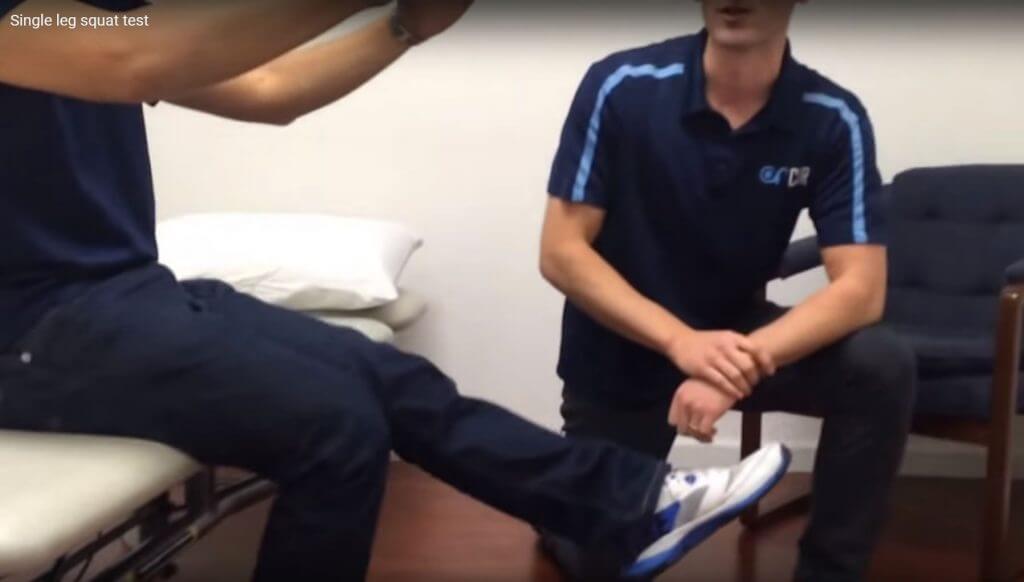COR Exercise of the Week: Single Leg Squat Assessment and Exercise

By Dr. G. John Mullen, DPT, CSCS – President COR – Sports Training and Physical Therapy
One of the most common questions I receive regards dryland training with little or no equipment. Many coaches face the challenge of finding hard exercises without equipment and with limited space. Luckily, the single leg squat is a great assessment tool and exercise which we use our teams with or without equipment. This challenge is difficult for even elite swimmers.
As an assessment, the single leg squat assesses strength, control, and mobility. In swimming, all the mobility requirements in the squat aren’t essential to all swimmers. For example, the squat requires a lot of ankle dorsiflexion, a movement which isn’t essential for non-breaststroke swimmers. Nonetheless, it does help and assesses the following:
- Hip flexor strength
- Hip extensor strength
- Hip mobility
- Core and truck stability
- Gluteal control
- Coordination of the glutes and core
As an assessment, the test can help determine what needs to be worked on. If the assessment is challenging, then it can also be used as an exercise. Below is the exercise of a single leg squat or pistol. This is an extremely challenging exercise. However, there are many variations for the single leg squat.
The TRX single leg squat is a great exercise for transitioning into the single leg squat. It requires strength, flexibility, and mobility. This athlete is still struggling with this skill, particularly the alignment of her leg, something we are working on for preventing PFPS knee pain.
The TRX single leg squat isn’t the only progression to the single leg squat, you can do a single leg squat while holding on a pole or even the ladder at the pool. If you aren’t ready for a single leg squat, you can also begin with a double leg squat and a double leg squat with weight.
Remember, although these exercises may seem simple, they require a lot of strength and skill. It is important to work with someone in person who understands the biomechanics and requirements of the exercise, to ensure safety and performance benefits.
All commentaries are the opinion of the author and do not necessarily reflect the views of Swimming World Magazine nor its staff. All swimming and dryland training and instruction should be performed under the supervision of a qualified coach or instructor, and in circumstances that ensure the safety of participants.



